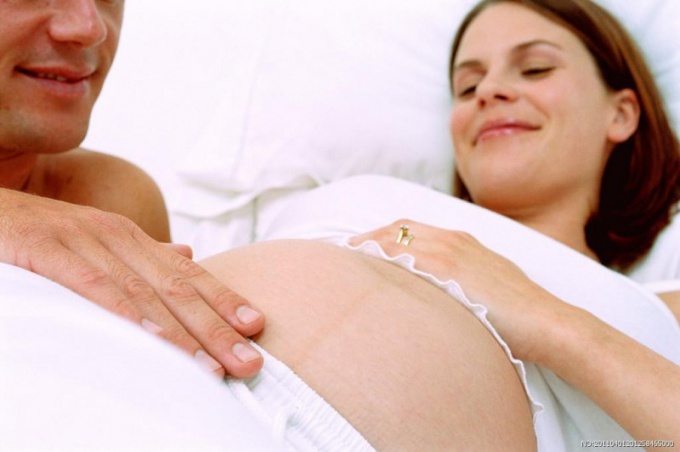Instruction
1
The formation of three chromosomes instead of a pair is called trisomy. Education in trisomy 21 locus leads to the development of fetal down syndrome, with the formation of facial features and underdeveloped intelligence. In the formation of trisomy for chromosome 16 developing neural tube defects, ie the embryo is not formed of bone around the spinal cord or brain. These children could not live long, because they have not formed the skull or vertebral column that protect sensitive AXOS and dendrites. The emergence of three chromosome 18 locus leads to the development of Edwards syndrome, which is characterized by a very small neck size, the unusual shape of the head with low set ears and a weak intellect.
2
The probability of the risk of developing genetic abnormalities of the fetus is higher in mothers over 35. Also in the high-risk group includes women, abusing alcohol, Smoking or drug addiction. To influence the development of trisomy can chronic intoxication, for example, work in harmful conditions of work, etc.
3
The probability of the presence of fetal trisomy can be determined by specific blood test in the first trimester of pregnancy. Under the Federal program "Children of Russia", every pregnant woman can undergo prenatal screening for genetic abnormalities of the fetus in the period 16-18 weeks of pregnancy. There are other screening tests, e.g. laboratory Invitro test PRISCA 1 in the period 11-13 weeks of pregnancy and PRISCA 2 at 16-18 weeks of pregnancy in which blood is determined by the risk of genetic diseases.
4
The screening results show only the likelihood of developing a genetic disease, with high rates of female are at risk. To confirm the diagnosis of congenital abnormalities of the fetus using the procedure taking on the analysis of amniotic fluid, ie, carried out the amniocentesis. The study of amniotic fluid with great precision allows to make a conclusion about the presence or absence of fetal congenital trisomy.
5
When doubtful results with amniocentesis, use a different specific treatments – take on the genetic analysis of cells of the placenta or the blood from the umbilical cord. Exercise prenatal karyotyping of the fetus by the smallest puncture of the amniotic bladder under ultrasound control produced the material. Placenta, as the fetus develops from a fertilized egg, so they share the same DNA. If the chromosome set of placental cells observed genetic changes, therefore, the fetus has a trisomy or other glitches in the DNA code which lead to severe birth defects.
